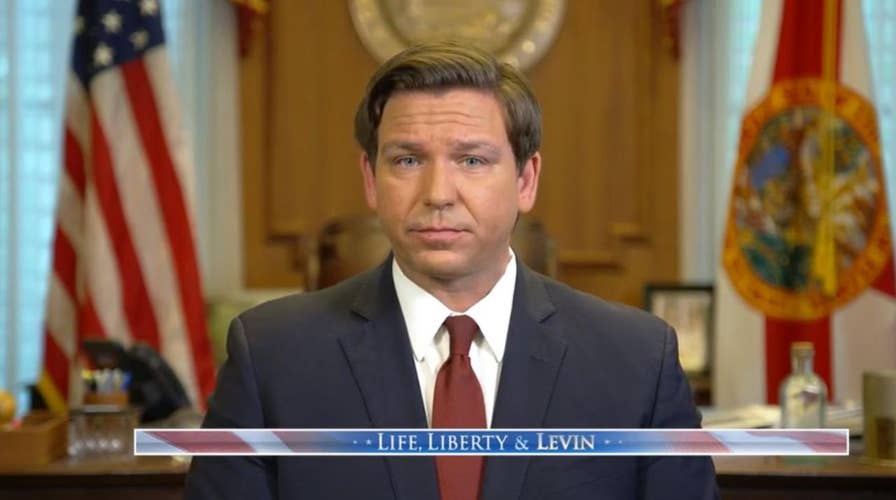Get all the latest news on coronavirus and more delivered daily to your inbox. Sign up here.
Florida Gov. Ron DeSantis, whose state has been hit hard by the coronavirus pandemic, has outlined what he says are important next steps for states that want to be medically secure when they are able to restart their economies.
In an interview airing Sunday on "Life, Liberty & Levin," DeSantis said that his administration is investing heavily in serological testing, which measures the number of antibodies present in the blood when the body is responding to the virus.
According to the Florida Department of Public Health, nearly 176,000 Floridians had been tested for the virus as of early Sunday, with nearly 19,000 testing positive.
THE CORONAVIRUS OUTBREAK STATE-BY-STATE
"You see different studies that have been done overseas, and I think that the consensus seems to be emerging that whoever tests positive for it is probably just a small fraction of those who have actually had it," DeSantis told host Mark Levin. "Because, of course, for people who are in the younger age groups, people who don't have significant underlying conditions, this could be something that [has] relatively mild symptoms."
The governor added that at the outset of the pandemic, many people who were feeling mild flu-like symptoms likely did not rush to the hospital and may not be recorded in the official infection counts.
"I think we'll be able to help us determine how widespread has this been [through antibody testing]," DeSantis continued.
"And of course, that then will then inform what we do going forward because the more widespread it is, then I think the less efficacy some of the lockdown policies will ultimately have."
CLICK HERE FOR COMPLETE CORONAVIRUS COVERAGE
DeSantis compared his testing figures to that of South Korea, another epicenter of the contagion.
He said that while the southeast Asian country had tested approximately one in every 200 residents, Florida under his leadership has tested about 1 in every 155.
"In most parts of the state, 90 to 95 percent of people who test, test negative," he said. "But then also it gives us data to be able to base decisions on. We need to know how this virus is circulating in various parts of the state."

